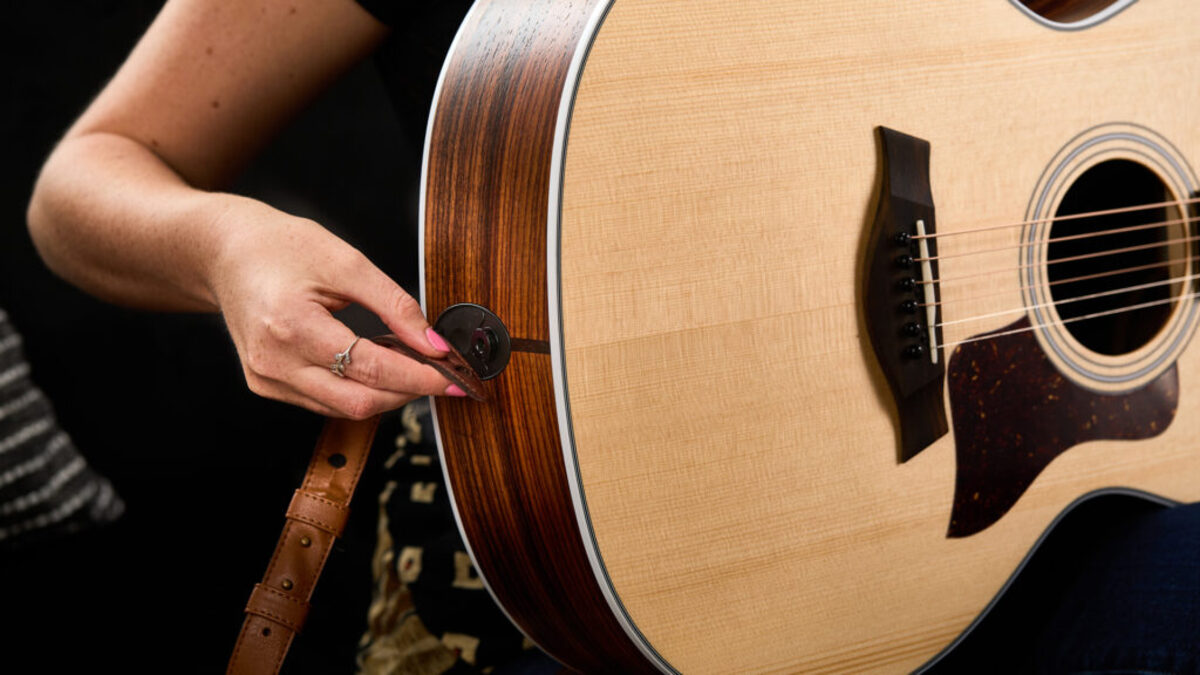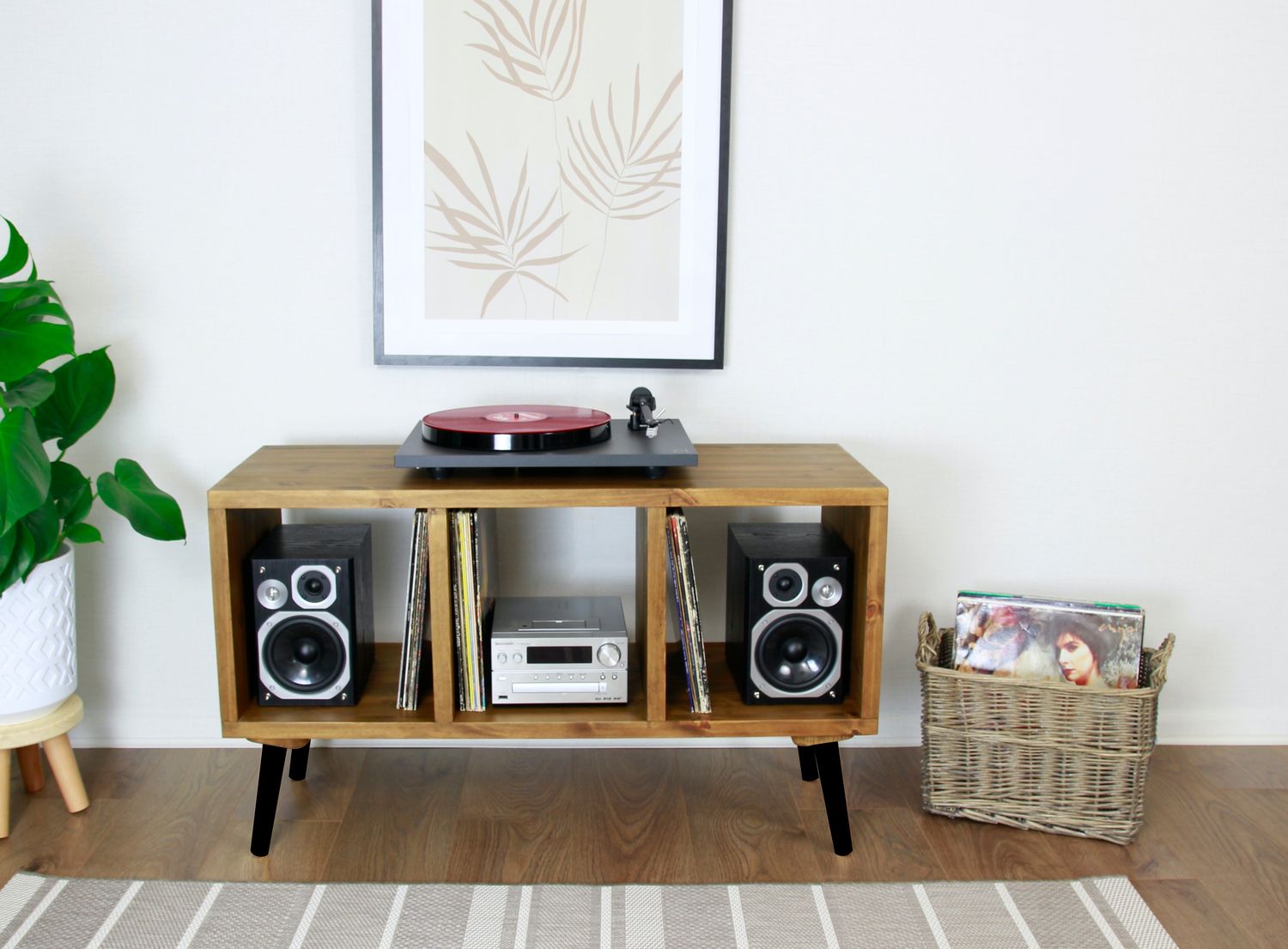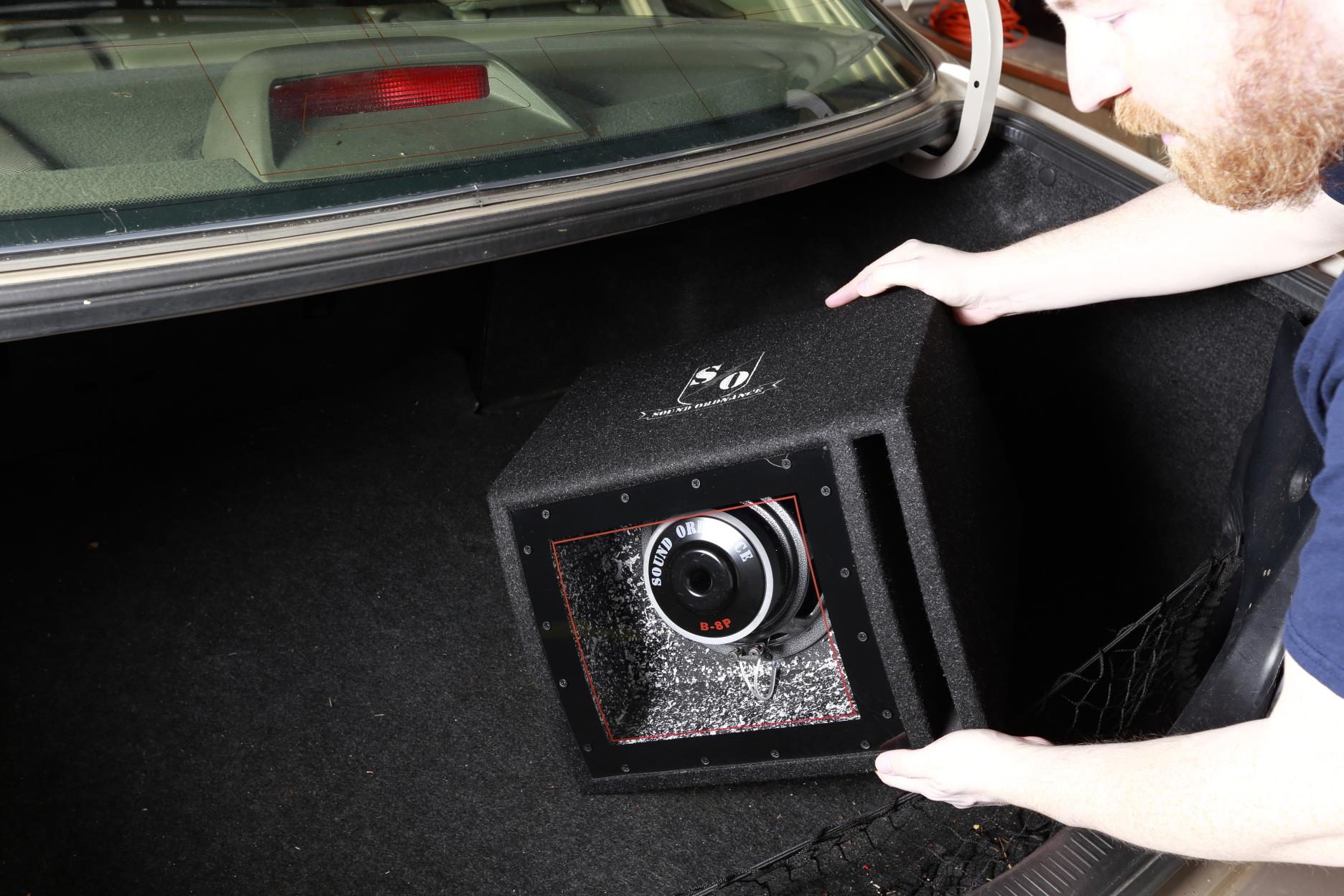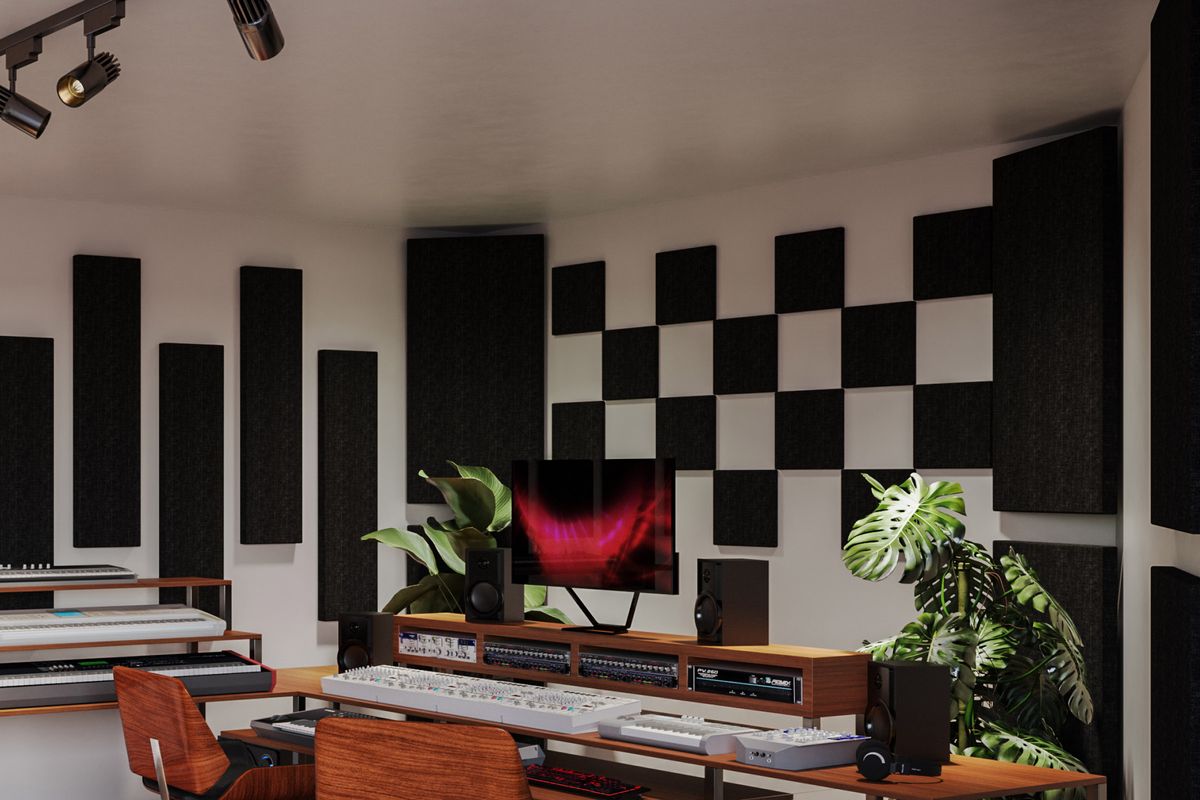Home>Instruments>Guitar>How To Put A Strap On A Guitar


Guitar
How To Put A Strap On A Guitar
Published: February 14, 2024
Learn how to put a strap on a guitar with our step-by-step guide. Ensure comfort and stability while playing your guitar.
(Many of the links in this article redirect to a specific reviewed product. Your purchase of these products through affiliate links helps to generate commission for AudioLover.com, at no extra cost. Learn more)
Table of Contents
Introduction
Playing the guitar is a fulfilling and enjoyable experience, but it’s essential to ensure that you’re comfortable and secure while strumming those chords and plucking those strings. One of the key elements in achieving this comfort is properly attaching a strap to your guitar. Whether you’re a beginner or a seasoned player, understanding the process of putting on a guitar strap is crucial for your playing experience.
In this comprehensive guide, we will walk you through the steps of choosing the right strap for your guitar, attaching the strap securely, adjusting its length to fit your body, and testing its stability. By the end of this article, you’ll have the knowledge and confidence to effortlessly put a strap on your guitar, allowing you to play with ease and comfort for hours on end.
So, let’s dive into the world of guitar straps and ensure that you’re equipped with the skills to set up your instrument for an enjoyable and seamless playing experience. Whether you’re standing up on stage or simply prefer the mobility a strap provides while practicing at home, understanding how to put on a guitar strap is a fundamental skill for any guitarist.
Step 1: Choosing the Right Strap
When it comes to choosing a guitar strap, there are several factors to consider to ensure that it not only complements your instrument but also provides the comfort and support you need during extended playing sessions. Here are some key considerations to keep in mind:
- Material: Guitar straps come in various materials, including nylon, leather, and cotton. Each material offers different levels of durability, comfort, and aesthetic appeal. Nylon straps are known for their durability and affordability, while leather straps are favored for their classic look and long-term durability. Cotton straps are comfortable and often feature intricate designs.
- Width: The width of the strap can significantly impact comfort, especially during long playing sessions. Wider straps distribute the weight of the guitar more evenly across your shoulder, reducing strain and discomfort. However, some players may prefer thinner straps for their aesthetic or lightweight properties.
- Adjustability: Opt for a strap with adjustable length to ensure that you can customize it to your preferred playing height. This is particularly important if you switch between sitting and standing positions while playing.
- Style: Consider your personal style and the aesthetic of your guitar when choosing a strap. Whether you prefer a simple, classic design or a bold, eye-catching pattern, there are straps available to suit every taste.
By carefully considering these factors, you can select a guitar strap that not only complements your instrument but also provides the support and comfort necessary for enjoyable and extended playing sessions. Once you’ve chosen the perfect strap, you’re ready to move on to the next step: attaching it to your guitar.
Step 2: Attaching the Strap to the Guitar
Now that you’ve selected the ideal guitar strap for your needs and style, it’s time to securely attach it to your instrument. Follow these steps to ensure a stable and reliable connection:
- Locate the Strap Buttons: Most guitars have two strap buttons—one at the base of the body and the other at the top, near the neck. These buttons are designed to hold the strap securely in place.
- Attach the End Pins: If your guitar does not have strap buttons, you can use strap end pins to secure the strap. Simply remove the existing strap button, if present, and replace it with the strap end pin. Ensure that the end pin is securely fastened to the guitar to prevent any mishaps while playing.
- Thread the Strap: Slide one end of the strap over the bottom strap button or end pin. The button should fit snugly into the pre-cut hole or loop on the strap.
- Secure the Other End: With the bottom end of the strap in place, attach the other end to the top strap button or end pin. Ensure that it is securely fastened to prevent the guitar from slipping out of the strap.
- Double-Check the Connection: Once both ends of the strap are attached, give the guitar a gentle tug to ensure that the connections are secure. It’s essential to confirm that the strap is firmly in place before using it to support the weight of the guitar.
By following these steps, you can confidently attach your guitar strap, knowing that it is securely fastened and ready to support your instrument during practice sessions, performances, and jam sessions. With the strap securely attached, you can now move on to the next step: adjusting the length to suit your playing style and body size.
Step 3: Adjusting the Length of the Strap
Ensuring that your guitar strap is adjusted to the optimal length is crucial for both comfort and playing technique. Follow these steps to adjust the strap to your preferred length:
- Hold the Guitar: Put the guitar on over your shoulder and hold it in playing position. This will give you a sense of how the strap currently fits and help you determine the desired length.
- Make Adjustments: If the strap is too long, most modern guitar straps feature a simple adjustment mechanism that allows you to shorten the length. Depending on the type of strap you have, this may involve sliding a buckle or pulling on a length-adjustment mechanism.
- Test the Length: Once you’ve made the necessary adjustments, put the guitar back on and test the length. Ensure that the guitar sits at a comfortable height, allowing you to reach all the frets without straining. Additionally, consider whether you prefer the guitar to hang higher or lower for your playing style.
- Secure the Adjustment: Once you’ve found the perfect length, secure the adjustment mechanism to prevent any slippage during play. It’s crucial to double-check that the adjustment is secure to avoid any unexpected changes in length while performing.
By carefully adjusting the length of your guitar strap, you can ensure that your instrument is positioned comfortably and ergonomically, allowing you to play with ease and confidence. With the strap at the perfect length, you’re now ready to move on to the final step: testing the stability and comfort of the strap.
Step 4: Testing the Strap
After attaching and adjusting your guitar strap, it’s essential to test its stability and comfort to ensure that it meets your requirements for extended playing sessions. Here’s how to effectively test your guitar strap:
- Performing Movements: Move around while playing to assess how the guitar feels with the strap. Perform a few chord progressions and scale exercises while standing and ensure that the guitar remains stable and doesn’t shift excessively.
- Adjust as Needed: If you notice any discomfort or instability, make further adjustments to the strap length or positioning. It may take a few attempts to find the perfect fit for your playing style and body type.
- Consider Different Playing Positions: Experiment with playing in various positions, such as standing, sitting, or even adopting different angles while standing. This will help you determine whether the strap provides the necessary support and comfort in different scenarios.
- Extended Playing Session: If possible, engage in an extended playing session with the strap to evaluate its comfort over time. This will give you a clear understanding of how the strap feels during prolonged use and whether any further adjustments are necessary.
By thoroughly testing your guitar strap in various scenarios and playing positions, you can ensure that it provides the stability and comfort required for your individual playing style. Once you’re satisfied with the performance of the strap, you can confidently embark on your musical endeavors, knowing that your guitar is securely and comfortably supported.
Conclusion
Putting a strap on a guitar may seem like a simple task, but it plays a crucial role in the comfort and stability of your instrument while playing. By following the steps outlined in this guide, you can ensure that your guitar strap is not only securely attached but also adjusted to provide optimal comfort and support, allowing you to focus on your music without distractions.
Choosing the right guitar strap that aligns with your personal style and playing preferences is the first step towards a seamless playing experience. Whether you opt for a durable nylon strap, a classic leather design, or a comfortable cotton strap, selecting the ideal material and width can significantly enhance your comfort during practice sessions and performances.
Attaching the strap securely to your guitar is essential for preventing any mishaps while playing. Whether your guitar is equipped with strap buttons or requires the use of end pins, ensuring a stable connection is paramount. With the strap securely fastened, adjusting its length to suit your playing style and body size is the next crucial step. By finding the perfect length, you can alleviate strain and discomfort, allowing for unrestricted movement and effortless playing.
Finally, testing the stability and comfort of the strap in various playing scenarios and positions is vital for identifying any necessary adjustments. By thoroughly evaluating the strap’s performance, you can fine-tune its positioning to cater to your unique playing style and physical requirements.
With these steps mastered, you can confidently put a strap on your guitar, knowing that it is tailored to your needs and ready to support you through countless musical endeavors. Whether you’re strumming at home, performing on stage, or jamming with friends, a well-attached and adjusted guitar strap is an essential companion for any guitarist.
Embrace the process of finding the perfect guitar strap and enjoy the comfort, stability, and freedom it brings to your musical journey.











